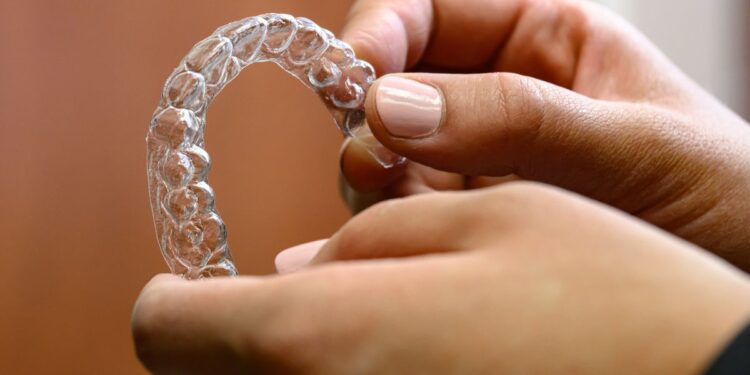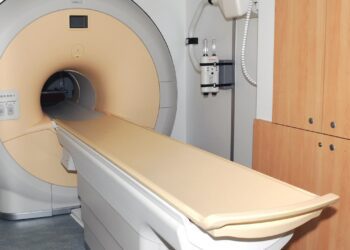MORGANTOWN, WV (LOOTPRESS) – West Virginia University is one of only three universities in the United States testing a cutting-edge dental technology that uses “shape memory” material to create clear plastic aligners — a next-generation alternative to traditional metal braces.
“To make these materials that actually have memory is a big breakthrough,” said Dr. Peter Ngan, Branson-Maddrell Endowed Professor and chair of the WVU School of Dentistry Department of Orthodontics.
“Having this technology allows us to start doing research on this material which will be the future direction of making aligners that are not available yet commercially.”
While metal braces have been in use for about a century, clear aligners have only been around for two decades.
Despite their popularity, Ngan noted that most orthodontists still find plastic aligners to be less effective than their metal counterparts.
“The clear aligners still need to be improved to the point that there are two materials — clear aligners and metal braces — that are as good as each other,” he said.
“Our goal is to see if we can get both of these treatments to achieve the same goal and also make sure the patient is happy.”
WVU researchers obtained 3D printers from Korean-based company Graphy Inc., which developed the thermoplastic material used in the aligners.
Funding for the project came from endowments established by orthodontic alumni and supporters of the School of Dentistry.
“This isn’t a hard plastic, so if you take it out and put it in hot water it will shrink and soften up, and that will make it easy to put back in your mouth,” Ngan said. “Then the mouth temperature will harden it back to its original shape and move the teeth accordingly.”
Unlike metal braces, thermoplastic aligners pair more effectively with “tooth attachments,” restorative materials glued onto teeth.
The aligners can be layered and adjusted in thickness, allowing for more efficient tooth movement. They can also be removed for brushing and flossing — a significant advantage in oral hygiene.
The manufacturing process begins with a scan of the patient’s mouth and the creation of a dental mold. But rather than sending the data to an outside manufacturer, Graphy’s 3D printer allows dental professionals to produce aligners in-house.
“It’s as convenient as having a Xerox machine,” Ngan said.
WVU researchers are collaborating with the university’s Benjamin M. Statler College of Engineering and Mineral Resources to further study the technology.
Associate Professor Sam Mukdadi and mechanical engineering students are analyzing the mechanical behavior of the aligners, including how they affect teeth, ligaments, and bone structure.
“Thermoplastic aligners exhibit better grab and contact with the teeth and, therefore, can achieve higher efficacy in moving teeth than conventional aligners,” Mukdadi said.
Graduate teaching assistant Egon Mamboleo is studying the geometry of tooth attachments to help customize treatment for individual patients.
Looking ahead, Ngan expects clear aligners to become even more widely used.
“We’re comfortable using silver braces, it’s just that more adults are focusing on their oral health and they don’t want to look like teenagers with silver in their mouth,” Ngan said.
“These are suitable for all ages so it’s the patient’s choice. When our residents and graduate students go into practice, they will be using this in their offices.”









